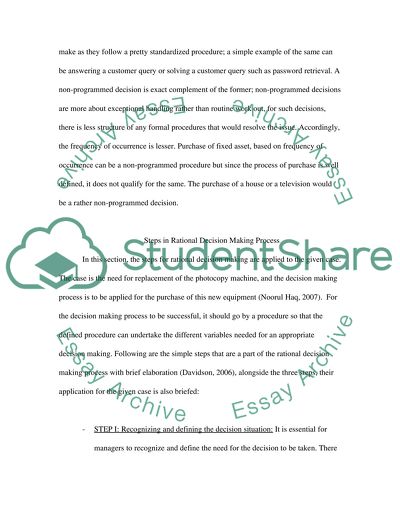Cite this document
(“DECISON MAKING Essay Example | Topics and Well Written Essays - 1000 words”, n.d.)
Retrieved from https://studentshare.org/miscellaneous/1509796-decison-making
Retrieved from https://studentshare.org/miscellaneous/1509796-decison-making
(DECISON MAKING Essay Example | Topics and Well Written Essays - 1000 Words)
https://studentshare.org/miscellaneous/1509796-decison-making.
https://studentshare.org/miscellaneous/1509796-decison-making.
“DECISON MAKING Essay Example | Topics and Well Written Essays - 1000 Words”, n.d. https://studentshare.org/miscellaneous/1509796-decison-making.


